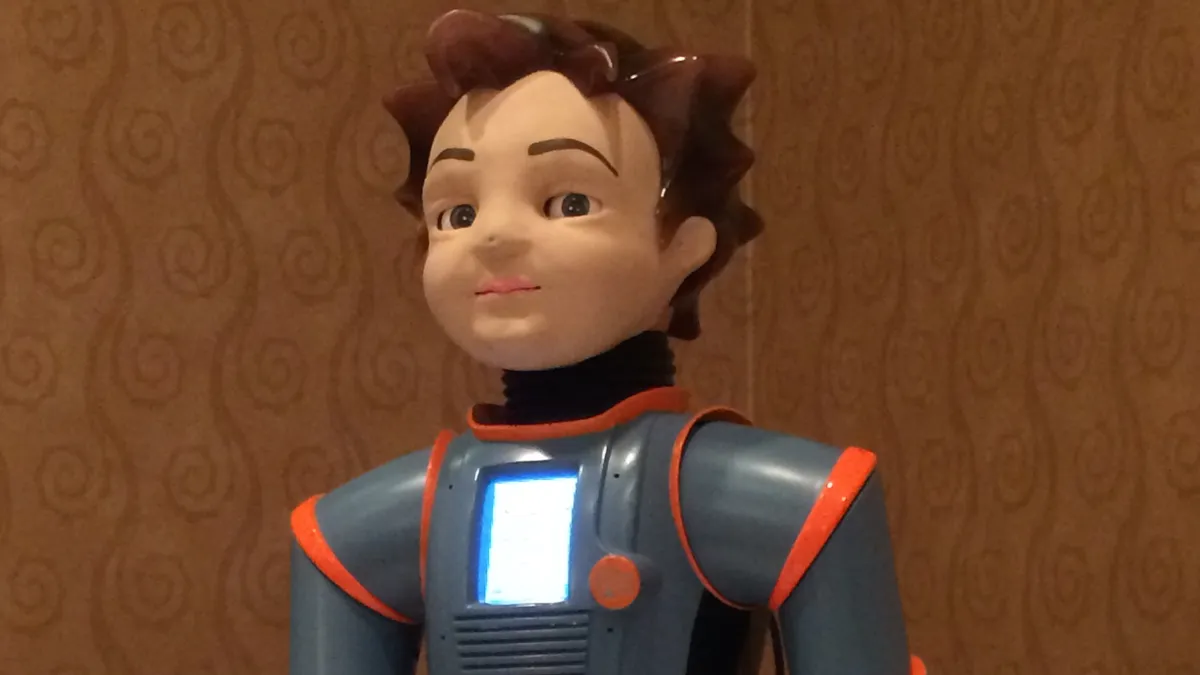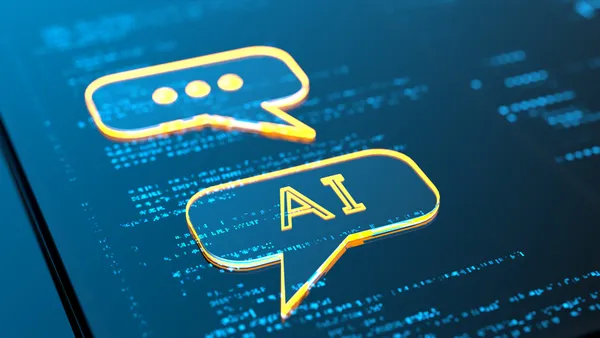April is Autism Awareness Month, a time to encourage tolerance and inclusion, as well as a prime opportunity for schools to brush up on resources available for students with Autism Spectrum Disorders. In the U.S., 1 in 68 students is Autistic, which means there is a high probability that a school will accommodate an autistic student. Unfortunately, many schools are ill-equipped, lacking knowledge about many of the options available today.
Even though districts are required by law to provide free, equal education to all students, many rely on parents of autistic students, who have done research, to learn about beneficial programs and initiatives. Here are a few products and resources that schools could consider.
Social Robots
Social robot developer RoboKind, has been developing Milo, a robot that could be a major key to helping autistic students develop stronger social skills. RoboKind's research thus far reveals that students with autism are more engaged in therapy led by a social robot than by a human being. As RoboKind fleshes out its research, it's looking at four main areas: emotional, social, conversation, and relaxation.
Autism Expressed
Developed by a special education teacher in Philadelphia, Autism Expressed helps students with autism develop digital literacy skills. Michelle McKeone, the educator who created the platform in 2011, explained to District Administration that she was inspired to create the program because many students with autism already have an affinity for tech-related gear and enjoy becoming experts in programs such as Google Drive and LinkedIn.
With Autism Expressed, the students begin to learn vocabulary around all things digital — a necessity to help students communicate about tech. According to District Administration, topics covered include time management, email, privacy settings, calendar use, and how to comment appropriately on social media. Students also create resumes on LinkedIn so they can be better equipped for a post-graduation job search.
ABPathfinder
ABPathfinder specializes in streamlining all documentation surrounding an autistic student. One tool that it offers is lesson planning software, which helps with the tracking and daily management of student behaviors, specifically as they apply to that child's Individualized Education Plan (IEP). It also allows administrators or teachers to build tools that can be used by paraprofessionals who are working one-on-one with students.
Some benefits ABPathfinder boasts: Tracking and addressing behavior challenges; capturing accurate, timely information for IEP goals and objectives; improving team communication via collaboration, document sharing, paraprofessional tracking; maintaining privacy through a FERPA-compliant platform; providing required documentation for program funding or due process hearings; and improving outcomes and progress.
Autism Apps
Created by Touch Autism, Autism Apps is a list of top apps to help students on the autism spectrum. Additionally, Touch Autism has its own suite of autism-friendly tools that can help students, teachers, and parents. The tools are divided into various subcategories, such as those for early learners, independence, or parents, teachers, and therapists. Manners Social Story, for example, is a 10-page digital story on the importance of being polite. Wait Timer, a virtual timer, helps students learn the often-hard skill of being patient. The app includes a visual story about the importance of waiting and then the brightly colored timer pops up.
"Many children with ADHD, autism or intellectual disabilities may find it particularly hard to deal with the frustration that can accompany waiting or the anxiety caused by transitioning between tasks," Touch Autism says on its site. "Visual supports such as the social story and visual timer found within this app have been shown to help ease anxiety associated with waiting and transitioning and to reduce problem behaviors."
Would you like to see more education news like this in your inbox on a daily basis? Subscribe to our Education Dive email newsletter! You may also want to read Education Dive's look at whether community college is the next frontier of K-12 expansion.










 Dive Awards
Dive Awards




